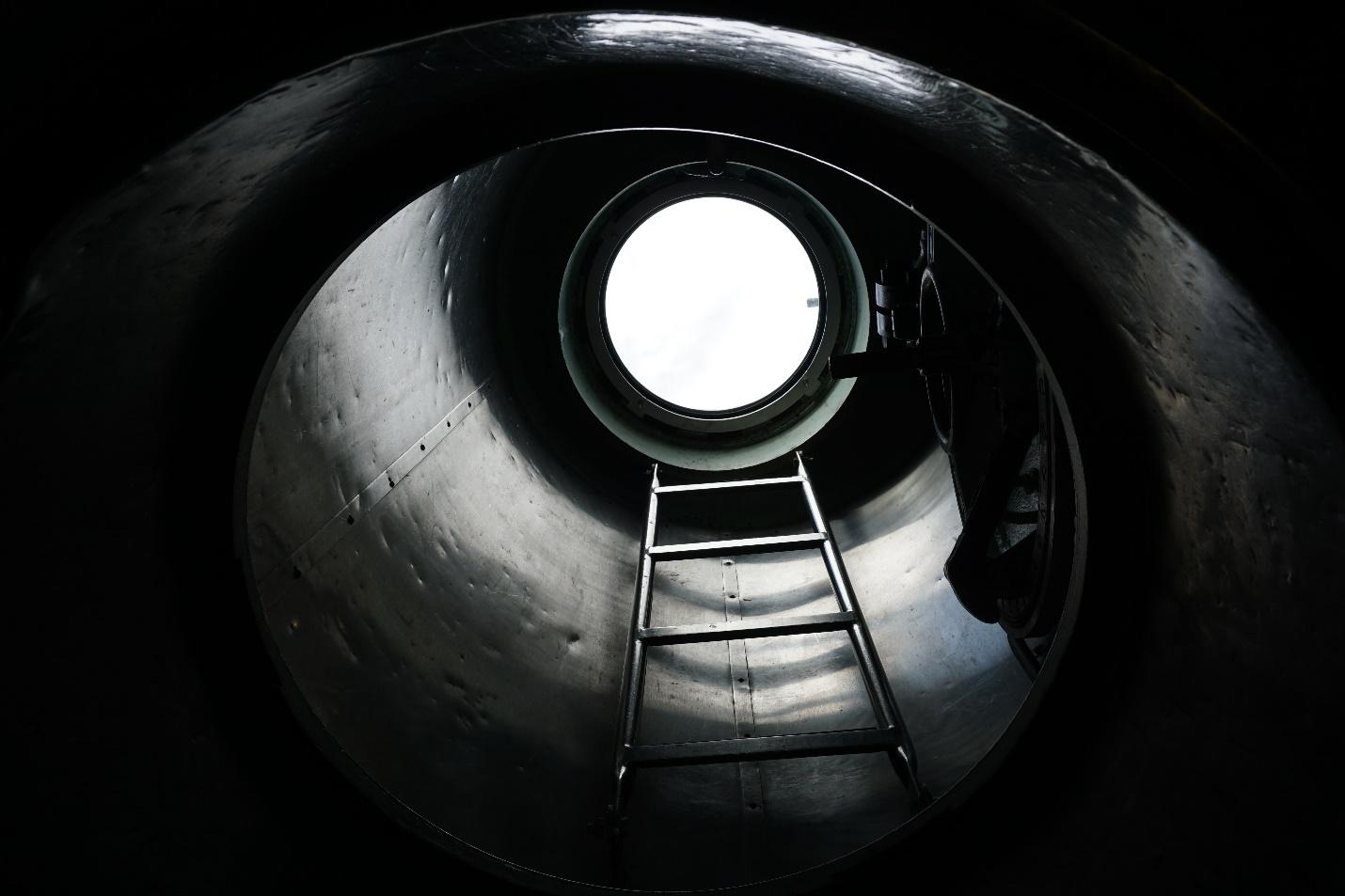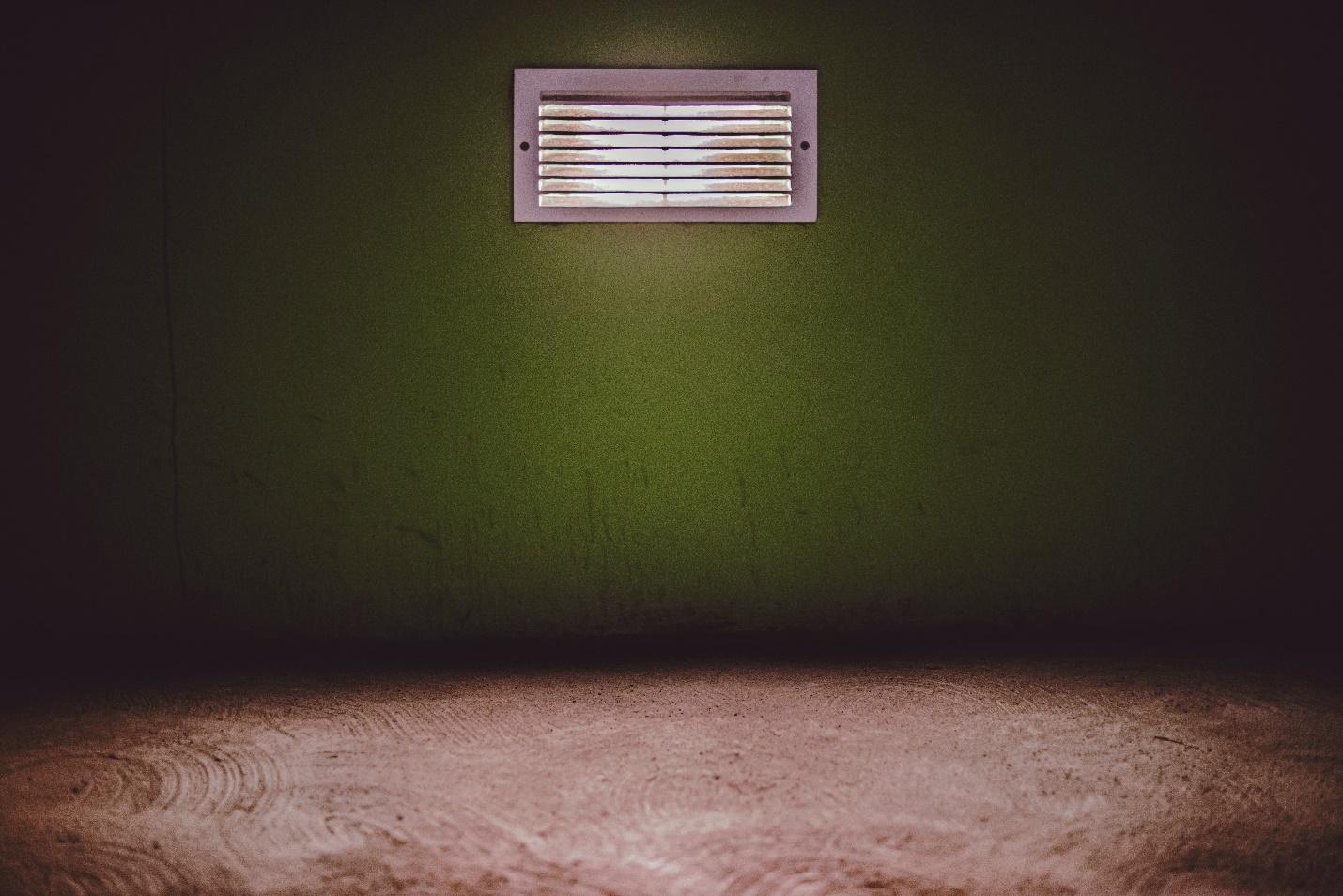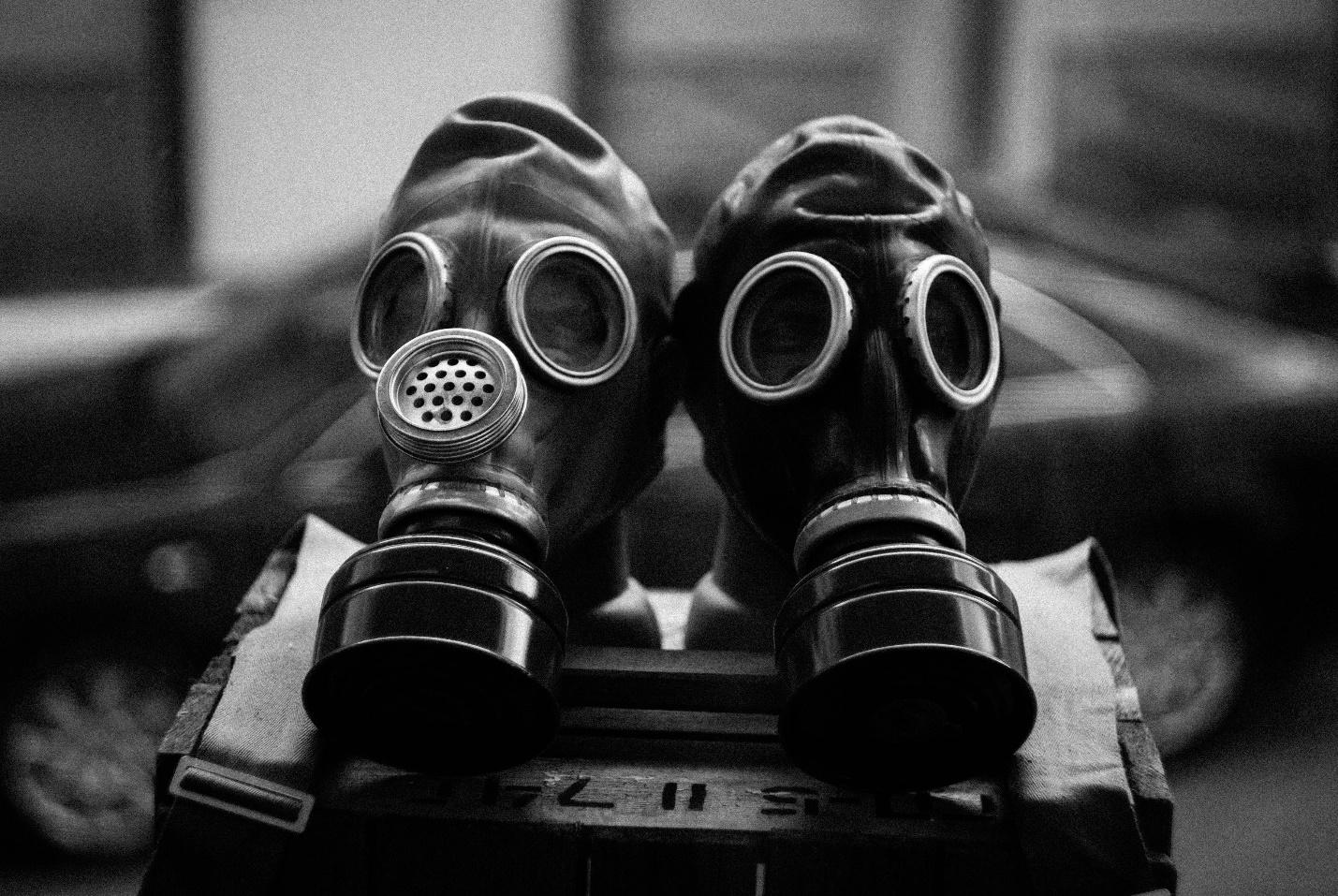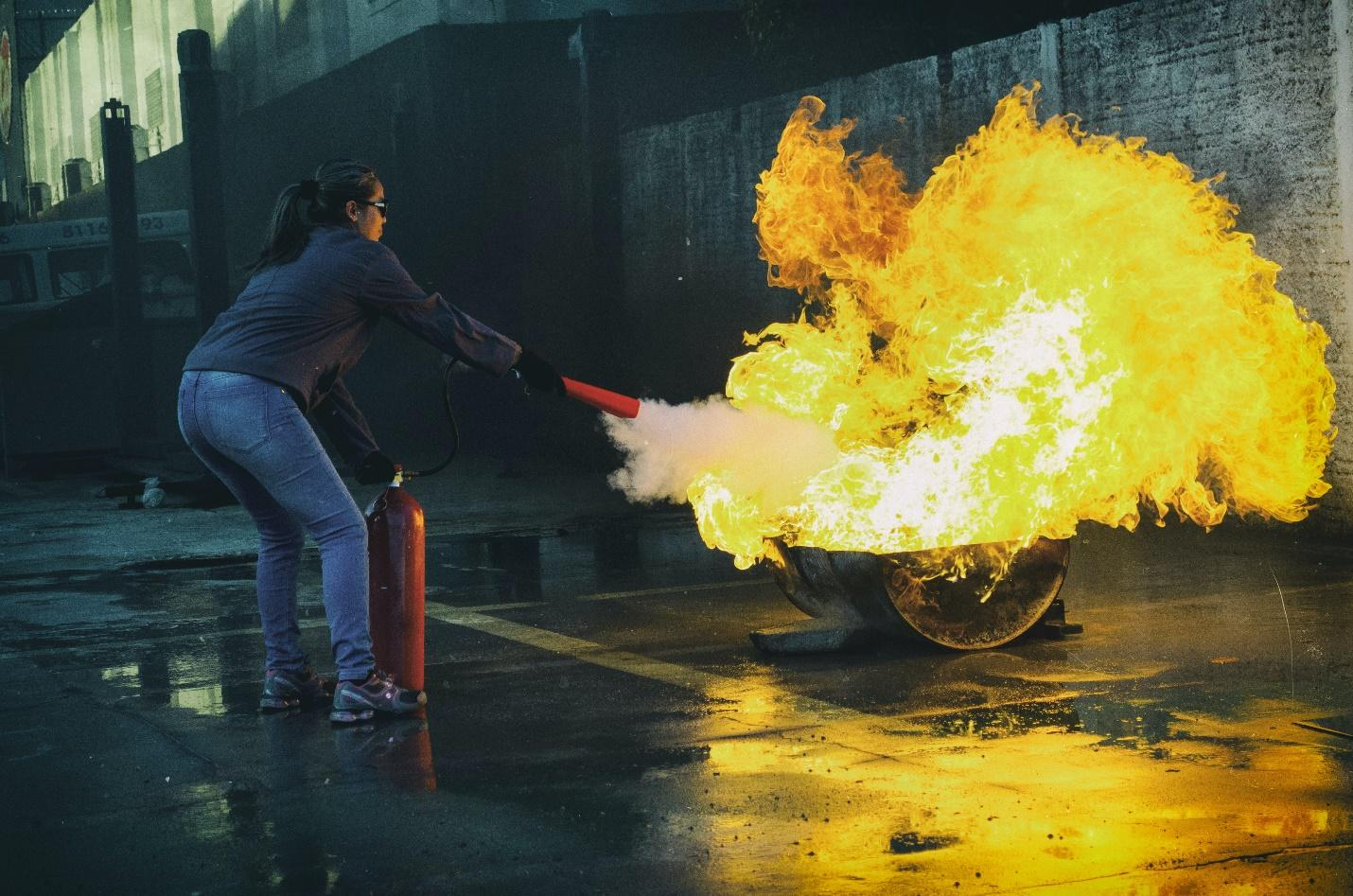Depending on the line of work, confined spaces cannot always be avoided. But that doesn’t change the fact that these places are extremely hazardous. Despite not having any obvious dangers in sight, a confined space in itself poses a threat. Restricted movement is the biggest issue. If an accident were to happen, it could make escape difficult.
So, if your work leads you to work in a small space, learning the hazards within confined spaces would be wise. Read on to find out what they are and how to address them.
What is a Confined Space
An enclosed area with limited exit and entry points and a high risk of injuries from nearby substances or conditions is defined as a confined space. Drains, silos, tanks, and sewers are perfect examples of such places. While people may not enter these spaces frequently, they may require maintenance and inspection.
Hazards Within Confined Spaces
Working in confined spaces requires extra precautions and care. If you’re not careful enough, it can lead to disastrous outcomes, which sometimes may be fatal. That said, let’s look at the X common hazards found within confined spaces and how to address them:
1. Lack of Oxygen
Lack of oxygen is the biggest threat within confined spaces. The low oxygen levels may result from a reaction that occurs naturally. The interaction of nearby elements and compounds can produce carbon monoxide, which eventually dispenses oxygen. This can lead to suffocation. The formation of rust in tanks can also cause a lack of oxygen.
How to Address Lack of Oxygen
Lack of oxygen can be addressed by using gas monitors. This will allow workers to measure the oxygen levels before proceeding with the tasks. If the oxygen levels are low, taking active measures to introduce fresh air into the confined space can lower the risk of suffocation. And if possible, proper ventilation may be the perfect solution.
2. Toxic Fumes, Gas, and Vapours
Without proper ventilation, toxic gases, fumes, and vapours can accumulate within an enclosed area. Sometimes, a gas leak or a pipe burst can cause deadly fumes or gases to fill in the small space. In many cases, paint fumes, welding, and adhesives can also lead to the accumulation of poisonous gases, which may be fatal. Hydrogen sulphide, methane, and carbon monoxide are the deadliest of them all.
How to Address Toxic Fumes, Gas, and Vapours
The best way to tackle the accumulation of toxic gases in confined areas is to use respiratory protection. Self-contained breathing apparatus and air-purifying respirators are essential in this case.
3. Physical Hazards
Enclosed spaces with a limited area are difficult to access and even more challenging to get out of. The chances of tripping and falling in these spaces are high. Moreover, if any sharp edges or moving machinery is also present, it increases the risk of injury tenfold. Besides making escape difficult, it can also hinder the search and rescue operation.
How to Address Physical Hazards
It is important to ensure all emergency arrangements are set in place before you enter a confined space. Moreover, the area should be evaluated to ensure the work can be safely carried out. Moreover, all workers should undergo confined space training so that they don’t run into any accidents. Additionally, the space should be kept clean and debris-free.
4. Heat Stress
A confined space is typically very hot and humid. Be it due to excessive construction work or a naturally hot environment; the excessive heat poses a threat to anyone present within the enclosed area. Since escape is not always easy or quick, this can turn into a huge problem. In most cases, it can lead to collapse from exhaustion or heat stroke.
How to Address Heat Stress
Heat stress is one of the most common hazards within confined spaces. It can be addressed by providing workers with adequate cooling equipment and sufficient break times after a specific period.
5. Fire and Explosion
If any flammable materials, gases, vapours, or liquids are present within a confined space, it can cause a fire or an explosion to erupt. This risk increases tenfold when any equipment that may produce sparks or heat is used within the small area. While lack of oxygen leads to suffocation, too much of it can also be a threat as it can start a fire.
How to Address Fires and Explosions
Fire and explosion can be addressed by minimizing the use of equipment that may not be rated for use in high-risk areas. Open flames and sparks should also be avoided at all costs. Moreover, workers should always carry fire extinguishers when electrical equipment is being used.
Overcome the Hazards Within Confined Spaces with Training
Confined spaces are dangerous. They pose a risk of suffocation due to lack of oxygen, physical injuries due to lack of space, poisoning due to the presence of toxic gases and fumes, heat stress because of rising temperatures, and fires and explosions because of the use of electrical equipment.
At Metro Safety Training, we offer exclusive confined space training to ensure workers working within restricted areas stay safe. Reach out today by calling us at 604-521-4227 to get started.









